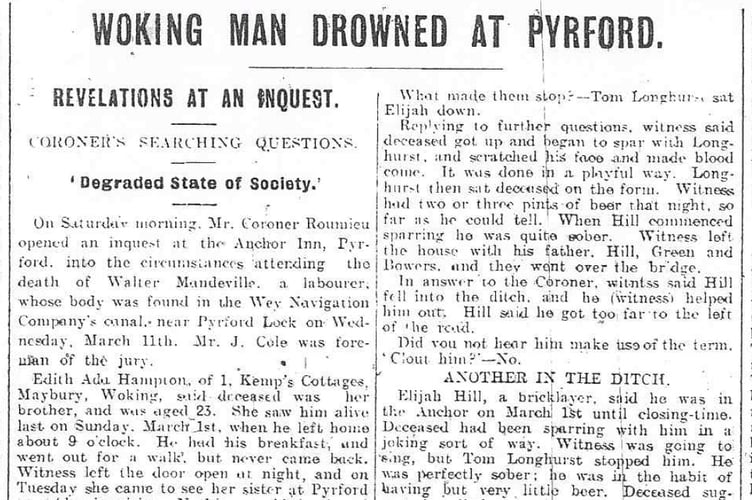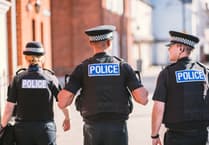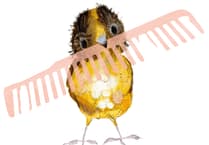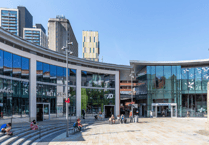THIS week’s Peeps into the Past looks back on a boozy night at the Anchor Inn beside the River Wey Navigation at Pyrford in 1908, which led to a man being drowned.
He was William Mandeville, and it is possible that he was related to the Mandeville family of Pigeon House Cottage, beside the navigation at Pyrford. The family appeared in other Peeps features recently.
Researcher Mark Coxhead found a report of the inquest into William’s death, published in the News & Mail in March 1908.
The inquest was in two parts, opening on Saturday, 14 March. William’s body was found by police on Wednesday 11 March. He had disappeared on Sunday 1 March.
Edith Hampton, of 1 Kemp’s Cottages, Maybury, told the inquest that William was her brother. The last time she saw him alive was when he left home on the morning of 1 March.
The landlord of the Anchor Inn, Dennis Foley, said William came in just after 1pm and left at closing time that afternoon, but returned around 7pm. Dennis said he served William a pint of beer in the afternoon. His sister-in-law served William in the evening.
Dennis added that he did not sell much beer that evening.
The inquest revealed that William spent most of the evening with some other men in the tap-room of the Anchor Inn.

The coroner, Mr Roumieu, probed the landlord to find out how much beer was consumed. He asked whether William would not have been better “with a little soda water”.
Dennis replied that William did not seem to be drunk and when he left he seemed sober. However, Dennis said that at one time during the evening the group of men were singing, but he told them to stop as it was a Sunday.
He also denied a row had broken out between the men, but said afterwards they were “sparring”, although it was only a bit of fun.
Witness Thomas Longhurst, a labourer who was lodging at the Anchor Inn, was also serving beer that night. He told the inquest he could not remember how much beer he served to those in the tap-room.
The coroner appeared to not have believed all the evidence the witnesses called so far had given. He told them: “I am going to adjourn this inquest for about a week to give you an opportunity to refresh your memory as to what happened on this particular night.”
When the inquest resumed, John Mandeville – who the report said was William’s cousin – gave evidence. He said he and William “had a drink or two together”. It is possible that John was the seventh-born of the 15 siblings who lived at Pigeon House Cottage.
Witness Harold Smith told the inquest there was “a little bit of sparring” between William and a man called Elijah Hill. Harold added that Thomas Longhurst stepped in and William then scratched Longhurst’s face “and made blood come”.

Elijah, a bricklayer, also gave evidence and confirmed he and William had been sparring. On the previous Monday, 24 February, William had given Elijah “two black eyes”, but he did not know why.
At closing time, the group of men walked off and Elijah fell into a ditch.
He said: “It was a dark night, and rough, and you could not see where you were going.”
But he added William was not one of them and had left earlier.
Police constable Pearce told the inquest that William’s body was found after “dragging the canal”.
In summing up, the coroner said it was always difficult to get reliable evidence as to what took place in a public-house. He added: “There was something going on the tap-room that day and there was no doubt that all these men had had more beer than was good for them.
“Whether the deceased fell in accidentally, or was pushed in by any of his companions, they [the jury] had no evidence to prove. The only conclusion they could come to was that the deceased had drowned, there being no evidence how he got into the water.”
If you have some memories or old pictures relating to the Woking area, call David Rose on 01483 838960, or drop a line to the News & Mail.
David Rose is a local historian and writer who specialises in what he calls “the history within living memory” of people, places and events in the west Surrey area covering towns such as Woking and Guildford. He collects old photos and memorabilia relating to the area and the subject, and regularly gives illustrated local history talks to groups and societies. For enquiries and bookings please phone or email him at: [email protected]




